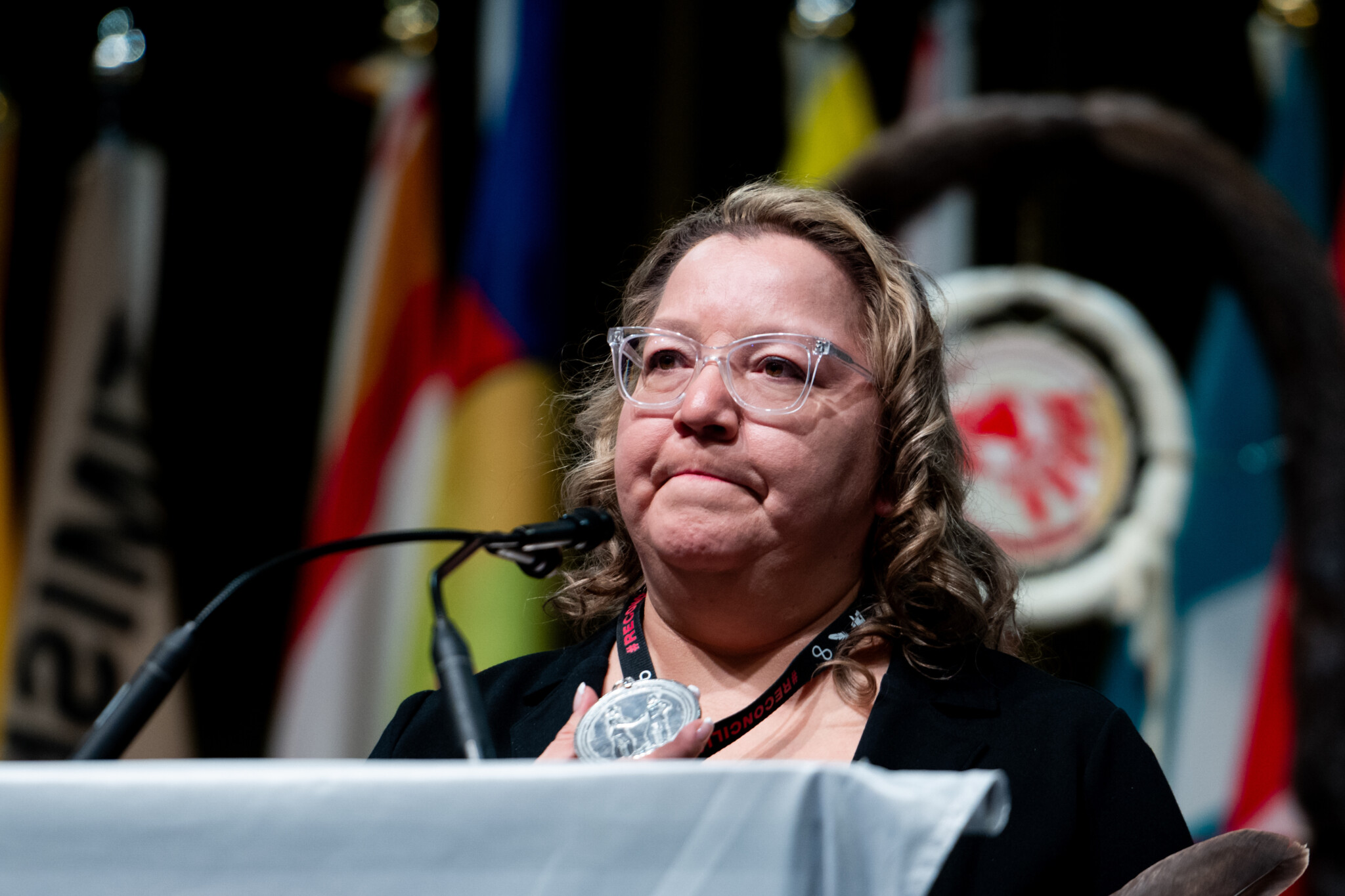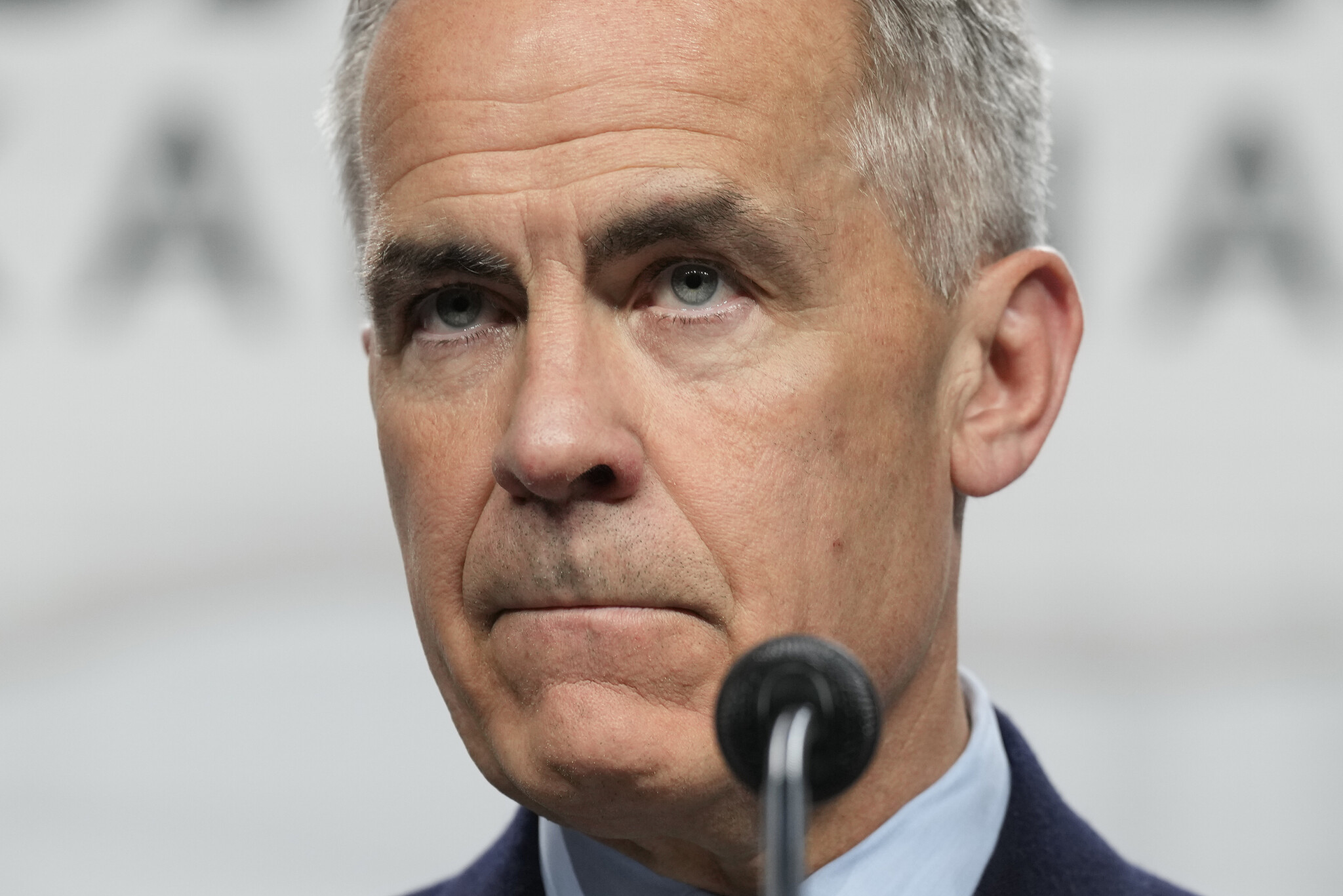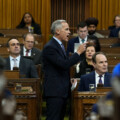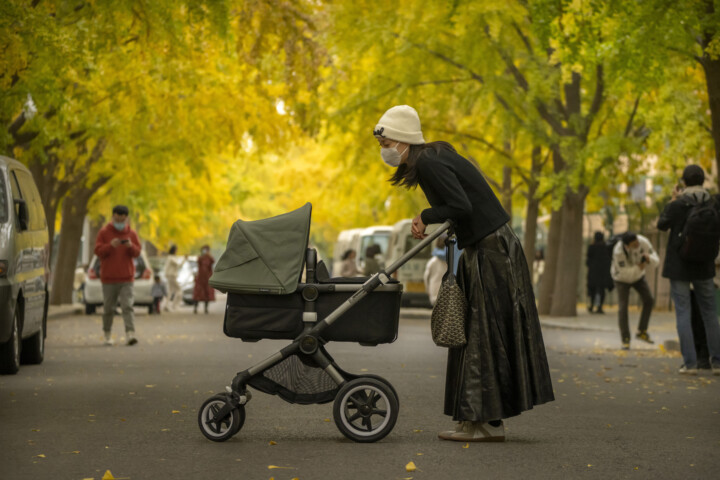Welcome to Need to Know, The Hub’s twice-weekly roundup of expert insights into the biggest economic stories, political news, and policy developments Hub readers need to be keeping their eyes on.
Governing in a conflict-of-interest minefield
By Ian Stedman, associate professor in the School of Public Policy and Administration at York University and former inquiries officer at the Office of the Integrity Commissioner of Ontario
After 120 days of waiting, the incredible breadth of Prime Minister Mark Carney’s financial assets and interests was finally disclosed to the public late last week. Many would argue this information should have been made public before he became prime minister, but such early disclosure is not required by Canadian law.
Carney undoubtedly knows the sheer size of his portfolio (which includes shares in over 550 publicly traded companies), and he knows what was placed in his “blind trust.” His arm’s-length trustee (approved by the ethics commissioner) will make decisions about those assets without the prime minister’s input. Carney will be “blinded” from knowing what is in his investment portfolio going forward.
But there are other assets and interests that cannot be placed in a blind trust, for which Carney will need to be screened. The screen put in place (also approved by the ethics commissioner) will be administered by the prime minister’s chief of staff and the clerk of the Privy Council and includes 103 different companies (everything from energy to ports and shipping). This breadth of assets and depth of screening is unprecedented in the modern era of having an independent ethics commissioner. It will be a real challenge for both the institution of the prime minister and the ethics office. How can the prime minister’s people reasonably manage such a broad screen and find time to get their other work done? How can the prime minister avoid conflicts of interest and still actually govern the country?
The prime minister is no longer allowed to be made aware of, nor participate in, official matters or decision-making processes that involve these 103 companies’ interests. He can only participate in those discussions and decisions if the matter being discussed is “of general application” and if the interests of one of these 103 companies aren’t disproportionate to the other members of the class.” This proportionality language does not come from the Conflict of Interest Act, and the chief of staff and the prime minister’s team will have to figure out how to bring these rules to life. Decisions about what Carney is even allowed to see will presumably need to be made about every single file that is even slightly relevant to any of those 103 companies. That power of two senior public servants to gatekeep the prime minister’s daily activities is going to make many Canadians scratch their heads.
The prime minister’s team has been claiming all along that he is “exceeding” the ethics rules, but this huge screen and the added proportionality language absolutely mean that we Canadians need to pay even closer attention to how decisions are being made in our government.
Because we have never seen a screen this broad nor nuanced before, everyone involved will be figuring it out as they go. The worst we can do is not learn from this moment. Carney must be transparent about how his screen works on a day-to-day basis. He must tell the public how files will proceed when they cannot go through him, and how he will guard against influencing matters he can’t vote on, even when he can still participate in discussions.
Carney is the first prime minister who will govern in such a complex conflict-of-interest minefield, but he likely won’t be the last. Public trust in our government can only get worse if he gets this wrong.
Carney’s meeting with First Nation leaders could get testy
By Karen Restoule, director of Indigenous affairs at the Macdonald-Laurier Institute
Later today, Prime Minister Mark Carney will sit down with First Nations leaders, marking the first of several meetings he plans to attend throughout the summer.
The July 17 summit agenda is expected to be an opportunity for First Nations leaders to provide input on the newly passed Building Canada Act (BCA, also known as Bill C-5), which fast-tracks the approval of projects seen as being in the “national interest.”
However, the agenda laid out by the Assembly of First Nations signals a much broader discussion that will include natural resources transfer agreements, inherent and treaty rights, housing, and other long-standing matters.
That said, the substance and tone of the conversation may drastically shift once the mics are on and leaders take the floor.

Assembly of First Nations National Chief Cindy Woodhouse Nepinak speaks at the Assembly of First Nations Special Chiefs Assembly in Ottawa, on Tuesday, Dec. 5, 2023. Spencer Colby/The Canadian Press.
Earlier this week, nine First Nations from across Ontario filed an urgent application to the Superior Court, challenging the constitutionality of both the federal BCA and Ontario’s Protecting Ontario by Unleashing our Economy Act. The coalition argues that these laws, both designed to speed up infrastructure projects, “violate the constitutional obligation of the Crown to advance and not set back or foreclose reconciliation.”
Carney’s reputation for climate leadership has earned him a measure of goodwill among First Nations that lean environmental over economic. But today’s conversation is expected to focus heavily on rights—rights that were championed by his predecessor and ultimately codified in federal law through the 2021 passage of the United Nations Declaration on the Rights of Indigenous Peoples Act.
Whether or not former Prime Minister Justin Trudeau and his cabinet fully understood the major expectations this would create among First Nations is debatable. What’s not is the reality that Carney now faces: to either meet those expectations or manage them. And while he doesn’t need to make promises at today’s meeting, he will need to show that he’s paying attention, not to appease, but rather, to seek to understand.
Ontario schools have turned into breeding grounds for antisemitism
By Aiden Muscovitch, assistant editor at The Hub
This week’s Government of Canada report, commissioned by Deborah Lyons, the special envoy on combating antisemitism, paints a dire picture of antisemitism in Ontario’s public and private schools.
There have been some 780 antisemitic incidents in Ontario’s elementary, middle, and high schools, according to the nearly 600 Jewish parents the report’s authors spoke to. Almost three-quarters of these incidents happened in the Toronto District School Board (TDSB), the Ottawa-Carleton District School Board (OCDSB) and the York Region District School Board.
The report, which covered the period from October 2023 to January 2025, categorized more than 40 percent of these incidents as hatred toward Jews, such as Nazi salutes, Holocaust denial, and comments like “Hitler should have finished the job.”
The remaining 60 percent of incidents were categorized as anti-Israel hatred, involving denying Israel’s right to exist or equating Zionism with Nazism. In nearly a quarter of those anti-Israel incidents, Jewish children were directly blamed for the Israel-Hamas war or called “baby killers.”
Disturbingly, about one in six antisemitic incidents were initiated or endorsed by teachers and faculty members or involved a school-sanctioned activity. These antisemitic incidents included assemblies that downplayed Hamas’ atrocities on October 7 and the use of anti-Israel dog-whistles like “From the river to the sea.” Teachers also donned Palestinian keffiyehs in class, while school trustees wore them to board meetings with Jewish parents whose children were targeted in antisemitic incidents. It seems likely that most of these teachers and trustees were not wearing keffiyehs as a fashion statement or as a symbol of connection to Palestinian culture and history, but rather as a form of instigation.
More than half of all reported antisemitic incidents were not investigated by the school, or were dismissed as not being antisemitic. Only 10 percent of cases resulted in the perpetrator being punished by school authorities.
Premier Doug Ford’s recent takeover of four major Ontario school boards, including the TDSB and the OCDSB, is too little, too late. The rot has spread to board meetings, classrooms, playgrounds, and hallways. Trustees, teachers, school board administrators, and superintendents are complicit, either as perpetrators or as bystanders who sit on their hands.
On the first anniversary of October 7, 2023, I wrote in The Hub that “the academy has fallen into the hands of the mob.” Today, it is clear that K-12 education has too.








